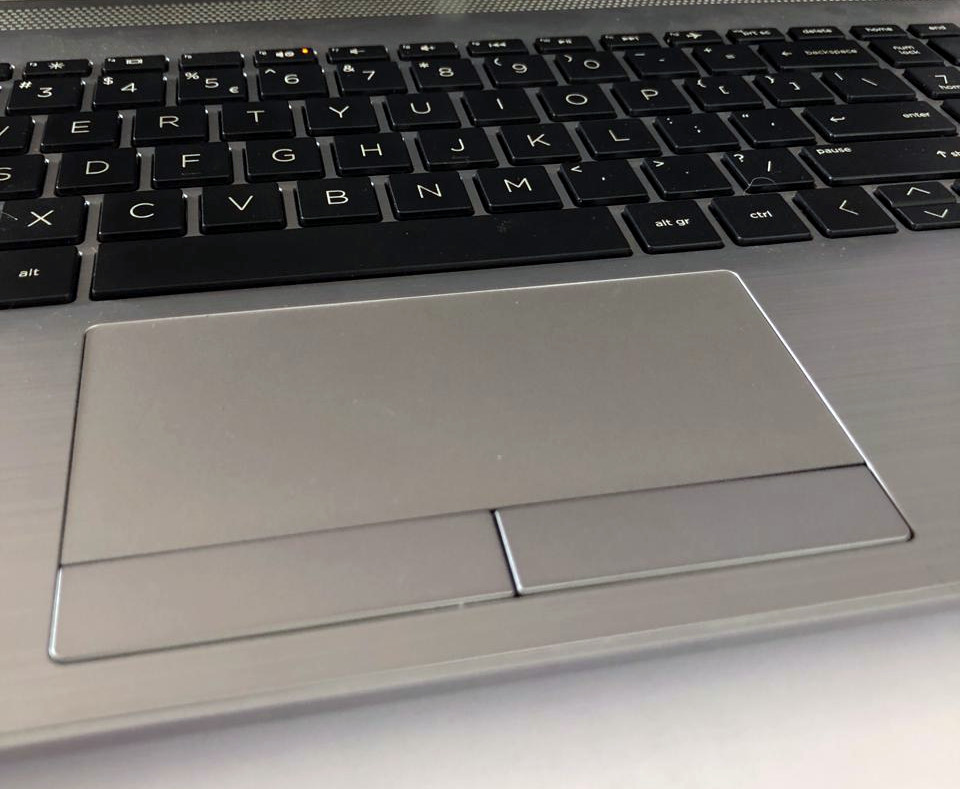Most people consider the mouse the primary input device, but it is just one of several options for a pointing device. Remember that the mouse only came into being once GUI‘s were invented, and up to that point, almost all user input was done using the keyboard.
In this tutorial:
Required knowledge:
Mouse
The mouse is the standard pointing device for an operating system with a GUI. Originally a mechanical device with a ball and directional rollers, the modern mouse is an optical device with an LED emitting a very bright red, light beam which is bounced off a suitable surface.
They connect to a computer via USB cable or wirelessly using Bluetooth.
The movement of the mouse is translated into the movement of the mouse cursor on the screen.


Trackpad

Laptops come with built-in pointing devices called trackpads (or touchpads).
Laptops are equipped with trackpads (also known as touchpads) as their primary pointing input device. They are not as sensitive as touchscreens and only allow one touch point at a time. This limits touchpads to simple clicks and dragging (you cannot, for example, “pinch-and-zoom”).
The left and right click buttons are either incorporated into the bottom part of the touchpad or are separate, below the pad.
I always have a standard mouse plugged into my laptop computer: for all its convenience, a trackpad simply cannot match the accuracy of a mouse! Additionally, a mouse offers superior ergonomic options over a trackpad.

Trackball
Trackballs are operated by rolling the ball to move the mouse pointer. This offers finer control, and trackballs are often used for CAD software.
Trackballs also offer ergonomic benefits for disabled/handicapped users with impaired mobility in their hands or wrists.
Touchscreen

The concept of a touchscreen has existed since the 1970s, however, the touchscreen as we know it today evolved from technology created in the mid-1980s, with the first touchscreen phone launched in 1993.
Touchscreens now dominate, and devices such as smartphones and tablets have evolved almost because of them. As the accuracy and sensitivity of touchscreens continue to increase, so does the ability of the technology to work on larger and larger displays. Combined with a decrease in cost, touchscreens will likely become standard on all laptops and PCs.
Settings
Like all other hardware peripheral devices, the pointing devices have drivers, which include settings that allow you to customise certain performance attributes.

- Decreasing the pointer speed is an option for a user still learning to master their mouse or for someone with fine-motor skills challenges
- The Visibility options are useful for someone with weak eyesight. They can also be used to make it easier for others to follow your cursor movements on the screen.
Keyboard shortcuts
Anyone who has seen me work on a computer will tell you that I am all about the keyboard shortcuts! If you ever want to be a power user, you need to start learning keyboard shortcuts today!
See the Being selective: navigating the Microsoft environment post.
